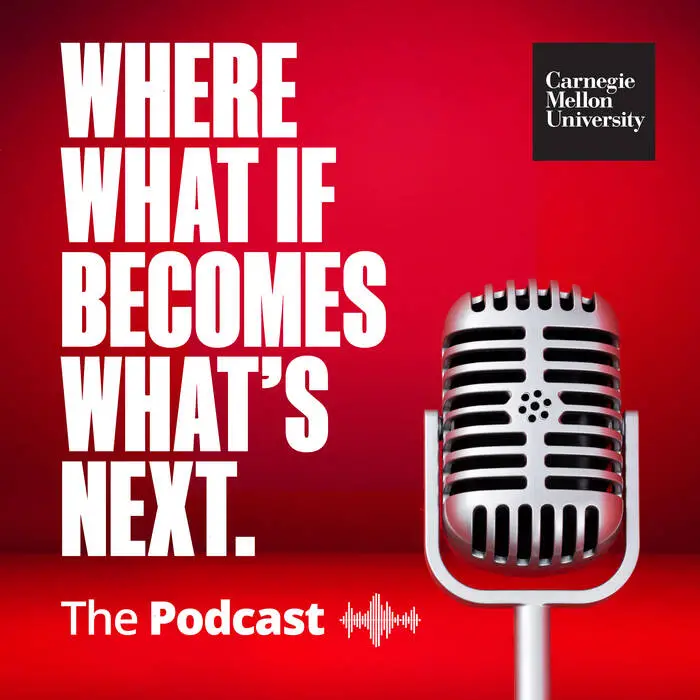Episode 3 | March 27, 2024
Finding the Deep Truth About Deep Fakes
What if AI-generated deep fakes could be used to influence our upcoming elections? Generative AI (GenAI) allows users to create realistic images, videos, audio and text, rapidly, cheaply and at scale. These capabilities can be useful, but during elections, they also could be misused to manipulate and deceive voters.
Deep fakes have already started to appear in this election season. There have been deep fake videos on social platforms, fake images on news outlets, and fake robo calls for candidates from small to big races. They can sound or look like well-known politicians starting at the top with President Biden, former President Trump or former President Obama, or even your favorite singer encouraging you to vote or not vote a certain way.
The accessibility, affordability and ease of AI technology have contributed to the proliferation of deep fakes and disinformation. But who’s doing them, and what’s at stake? A fair election process, and perhaps democracy itself.
What can be done? Watermarking AI-generated content is one piece of the puzzle in identifying deep fakes but it will require collaboration among industry, academia, and governments — as well as citizens themselves — to take action against deep fakes.
Join guests Matt Brown, National Race and Politics reporter for the Associated Press; Kathleen Carley, Director, Computational Analysis of Social and Organizational Systems, Carnegie Mellon University; and Ramayya Krishnan, Dean, Heinz College of Information Systems and Public Policy and the Faculty Director of the Block Center for Technology and Society, Carnegie Mellon University.
| Never miss an episode! Subscribe to WHERE WHAT IF BECOMES WHAT’S NEXT on Spotify(opens in new window), Apple Podcasts(opens in new window), YouTube Music(opens in new window) or wherever you listen to podcasts. |
![Person with a blurred face, wearing a yellow blazer in front of an American flag [AI Generated].](/sites/default/files/styles/embedded_aligned/public/2024-03/Deep-Fakes.jpg.webp?itok=f8Hk85xI)
